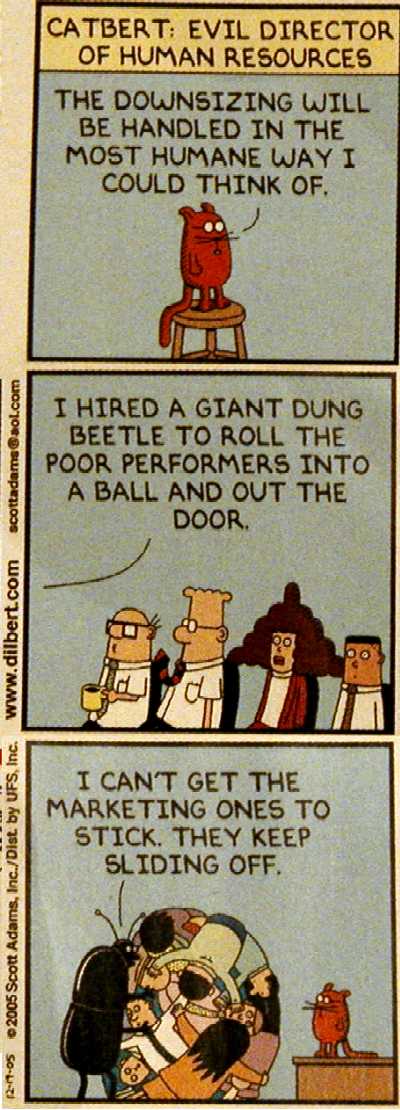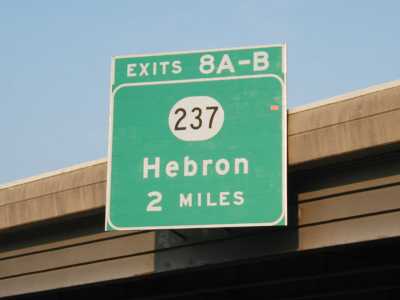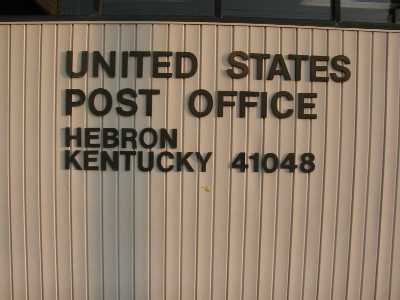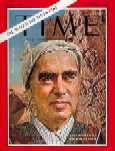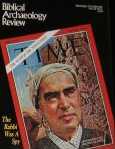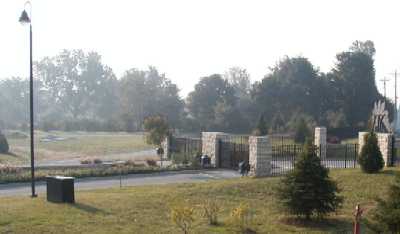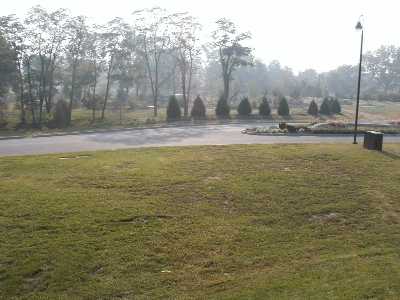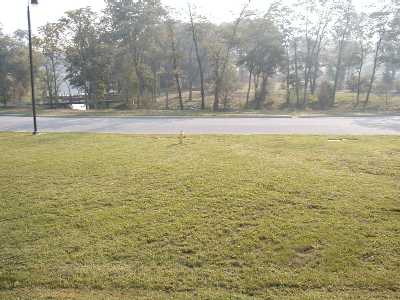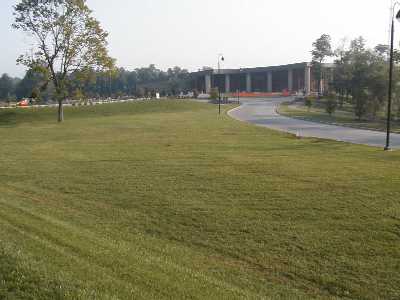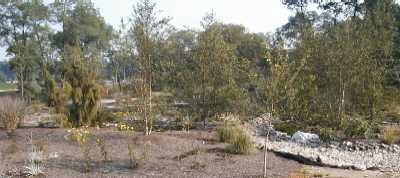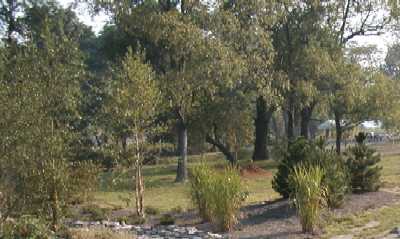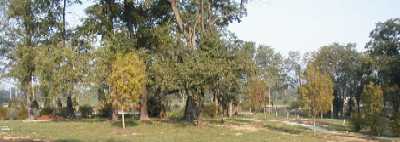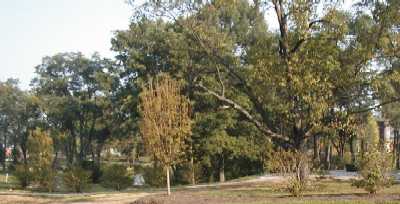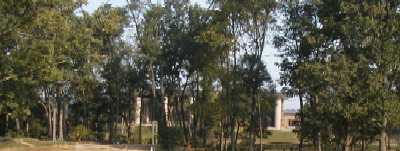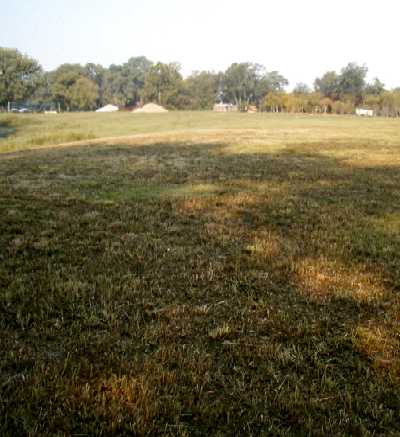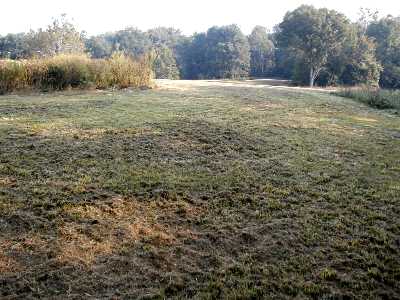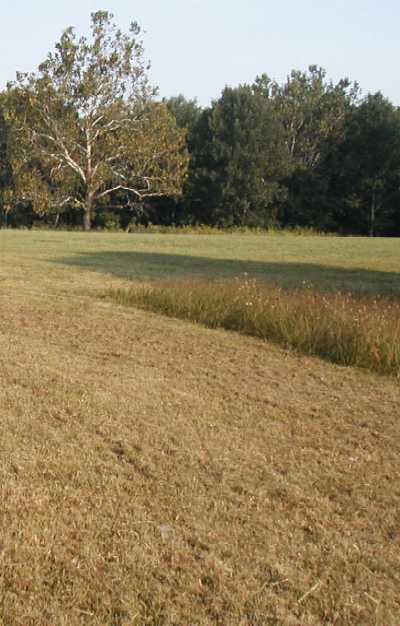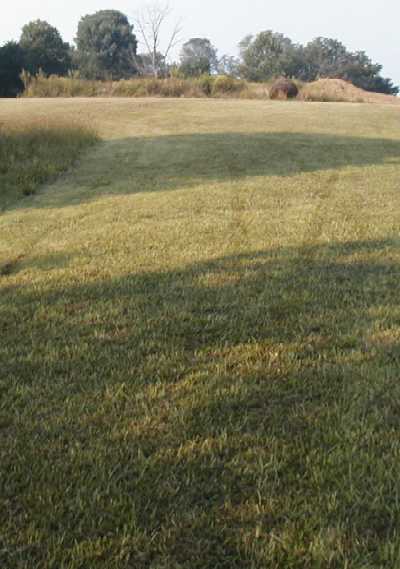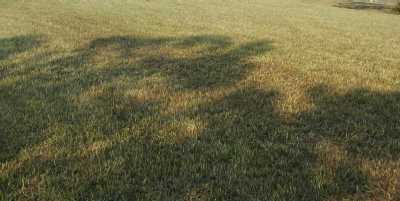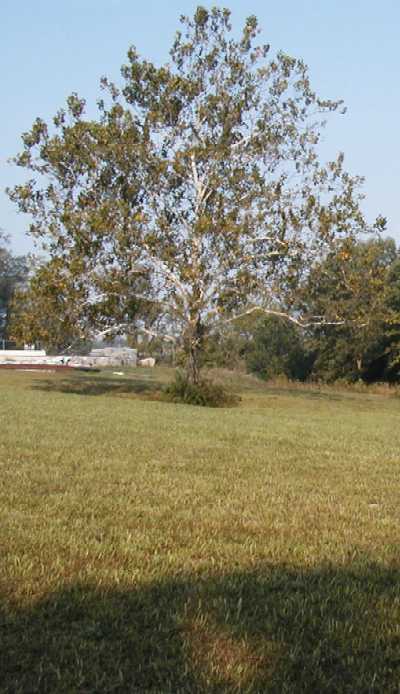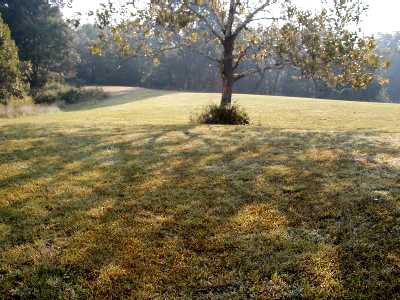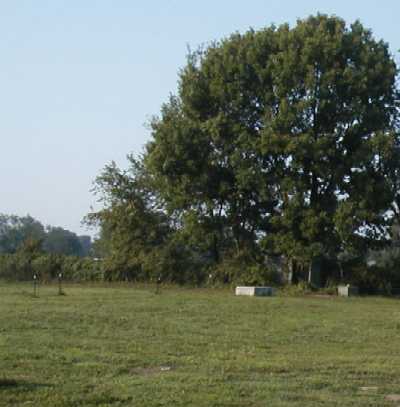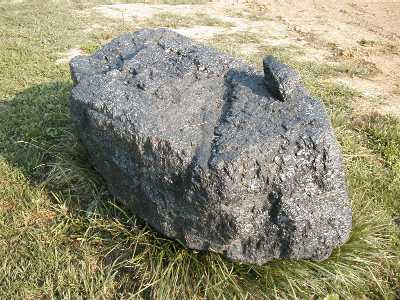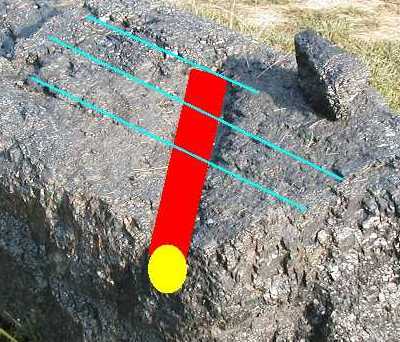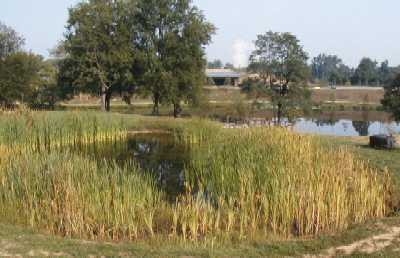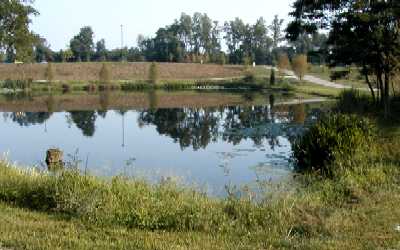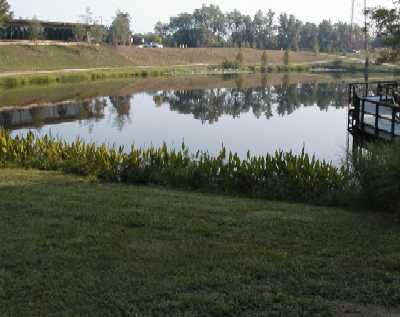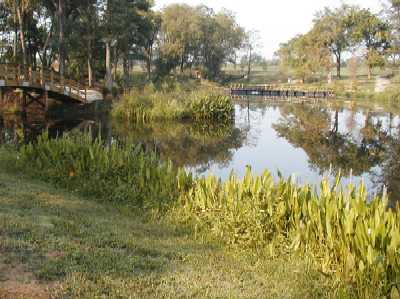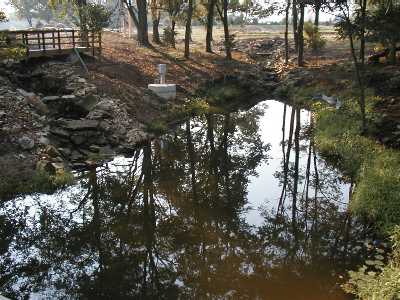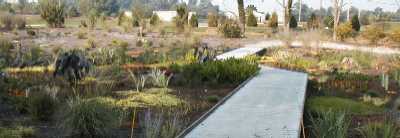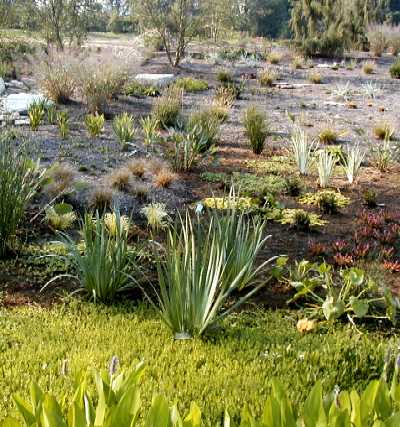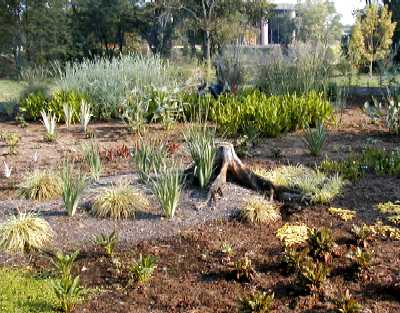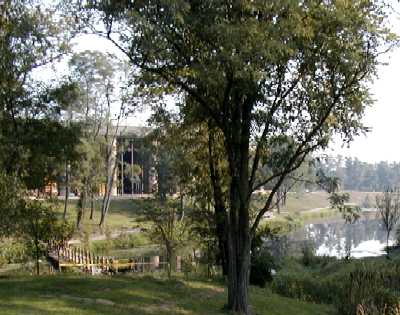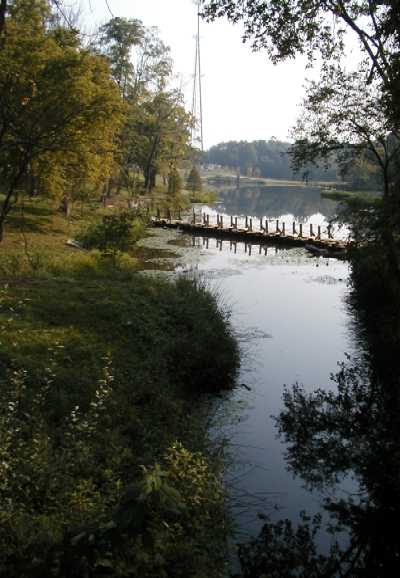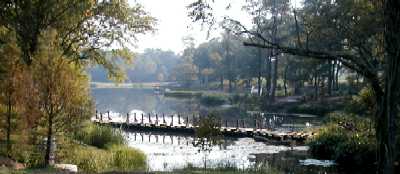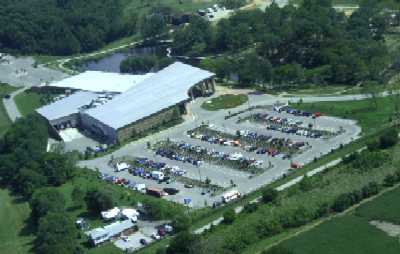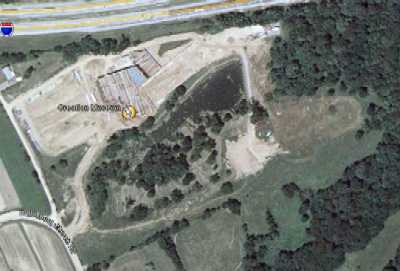- Aren Maeir's Tell es-Safi/Gath Excavations Official (& Unofficial) Weblog
- Yitzhak Sapir's Hebrew Bible & ANE History Lists Commentary
As I made an embarrassing statement therein misrepresenting Jodi Magness' interview by Gordon Govier, I thought it might be a good idea to summarize & preserve some of my statements about LMLK research here (which I'm definitely not embarrassed about).
Point Made by Nadav Na'aman (as reported by Aren Maeir):
"Hezekiah was not a very important & powerful king. He just got good PR, while in fact, his political maneuvering just caused disaster to the Judeans."
Point Made by Nadav Na'aman (as reported by Yitzhak Sapir):
"The recent trend to view Hezekiah as a powerful king is misplaced. Hezekiah received a very strong kingdom. Hezekiah found himself bordering the terrifying Assyrian empire on the northern & western border. So long as Sargon II was in power, Hezekiah was careful not to do any move that might cause his own kingdom to become an Assyrian province. The uncertain future of Judah, however, eventually caused Hezekiah to join a revolt against Assyria when Sennacherib replaced Sargon II. The result was a devastating blow to Judah, coupled with a heavy tax, from which Judah did not recover for many years. The author of Chronicles, writing hundreds of years later, is totally oblivious to this reality & does not understand the threat that Assyria posed to Judah. Hezekiah took a powerful kingdom, & led it to a devastating military blow from the Assyrian empire that now bordered his kingdom."
I wonder if Prof. Na’aman offered any examples of "important & powerful" ANE kings; I’d like to know who’s on his list, presumably no Judeans. For all others he names, I would then ask what their lasting achievements were.
I wonder if Prof. Na’aman offered the names of any ANE kings who "got good PR" from their neighbors. Personally, I can’t think of any. So my question for him would be, What criteria establish an ANE king’s importance, power, & PR from a historian’s perspective?
The archeological record, as viewed through LMLK jars, tends to disagree with Na'aman.
True, Assyria devastated western parts of Judah; but false, "coupled with a heavy tax, from which Judah did not recover for many years." Aside from the 1-time heavy tribute paid by King Hezekiah recorded in 2Kings & Sennacherib's prisms, I'm not aware of any evidence--archeological or historical--to support the view that Judah paid any Assyrian taxes during the final years of Hezekiah's reign. The surviving Judeans (of which there were apparently many) merely shifted eastward & built up new sites away from the destruction. It's likely that a significant portion of the population avoided the battle, & rapidly rebuilt after Sennacherib retreated from his Jerusalem failure.
Based on my research, there were just as many LMLK jars manufactured after the Assyrian destruction as before; & they stayed in Judah/Israel--a clear indication of autonomy (in the absence of any other evidence to the contrary; e.g., we know YEUD & YRSLM seals were only made during later periods when Judah/Jerusalem had already been conquered & resettled during the Persian & Greek eras, which is why their place names needed to be stated).
LMLK inscriptions (including those on the Personal seals that sometimes accompany LMLKs) are strictly Judean. They're only found in Judean & Israelite territory, & they only contain Paleo-Hebrew inscriptions (no hieroglyphs, no cuneiform). Since many hieroglyphic scarabs & some cuneiform tablets have been found in Judah & Israel, it is not a circular assumption to state unequivocally that LMLK seals indicate autonomy. It may be wrong--we may one day discover a text that says Judeans made these jars for Assyrians, but it is not circular today; it's founded on scientific evidence (artifacts & texts).
It's far more circular to state that God doesn't exist, therefore everything must've evolved by itself over billions of years. That's also founded on scientific evidence, but it'll be tossed out the window when/if Jesus returns & says, "Whassup homies!"
I'm unaware of anybody in recent years who believes that LMLK jars indicate submission to any government outside of Judah.
(Sidebar: Kurt Galling promoted this idea in the "Krugstempel" entry of the 1937 edition of "Biblisches Reallexikon" [I quoted his German text on p. 156 of my book]. He based it on the assumption that they were made after Assyria conquered & combined Judah & Philistia. Nobody could uphold this idea after better excavation techniques revealed LMLK jars under the Assyrian destruction layer. Regarding the 2 icons, Yohanan Aharoni in 1967 ["The Land of the Bible"] tried "to explain the change in insignia by the abject submission to Assyrian domination which took place either at the end of Hezekiah's or the beginning of Manasseh's reign." However, this too became invalid with the discovery of both types of icons under the Assyrian destruction layer.)
That they are found in northern territory not controlled by Assyrians seems to indicate that the conquest of Samaria did not encompass all of Israel, & it's unlikely that King Hezekiah was "terrif[ied]" by their presence. Na'aman has been reading too many Neo-Assyrian bedtime stories.
That's not to say Hezekiah had nothing to fear; his building projects & his LMLK jars in northern territory testify to his not being intimidated by the Assyrians. We daily face fears & either cower to or overcome them.
The statement, "Hezekiah was careful not to do any move that might cause his own kingdom to become an Assyrian province" is unfounded. Pure speculation contradicted by numerous building projects & seals/bullae attributed to him. 2Chronicles records him boldly soliciting support from the Israelites before the fall of Samaria, & as far as I know, none of the northern jar fragments were stratified under any destruction levels. Either Sennacherib did not destroy these sites, or Israelites still loyal to Hezekiah established them following the Jerusalem victory. It's doubtful they were intimidated by the Assyrian presence in Samaria or Philistia.
According to the abundance of such jars found at early 7th-century sites, Hezekiah's kingdom remained strong--not because of his military might, but because "the LORD saved Hezekiah & the inhabitants of Jerusalem from the hand of Sennacherib the king of Assyria, & from the hand of all others, & guided them on every side. And many brought gifts to the LORD at Jerusalem, & presents to Hezekiah king of Judah, so that he was exalted in the sight of all nations thereafter" (2Chronicles 32:22-3).
By the way, even if 2Chronicles was written as late as Minimalists imagine it to have been (i.e., the Roman era), viewing King Hezekiah as powerful hardly qualifies as a "recent trend". On this, Prof. Na'aman is with all due respect delusional, & obviously attempting to start his own trend.
In the absence of any contrary evidence, the Biblical text presents a sensible/logical historical explanation of the situation that complements the archeological data rather well. Minimalists are "totally oblivious to this reality." I'm unaware of any competent, non-Minimalist scholar (i.e., one without a closed-minded agenda to establish a new dogma) who views Judah as a more powerful kingdom prior to Hezekiah's inauguration. If so, I'd like to see their evidence. I have ancient artifacts & an ancient text; all they have are opinions.
It ain't easy, speakin' out
Some people take it to heart
And if you ain't standin' on top of The Rock
They'll try & tear you apart
Song of the week: "Top of the Rock" by HSAS (click the song title to visit Amazon; click here for a 30-second sample; 393kb).
G.M. Grena
